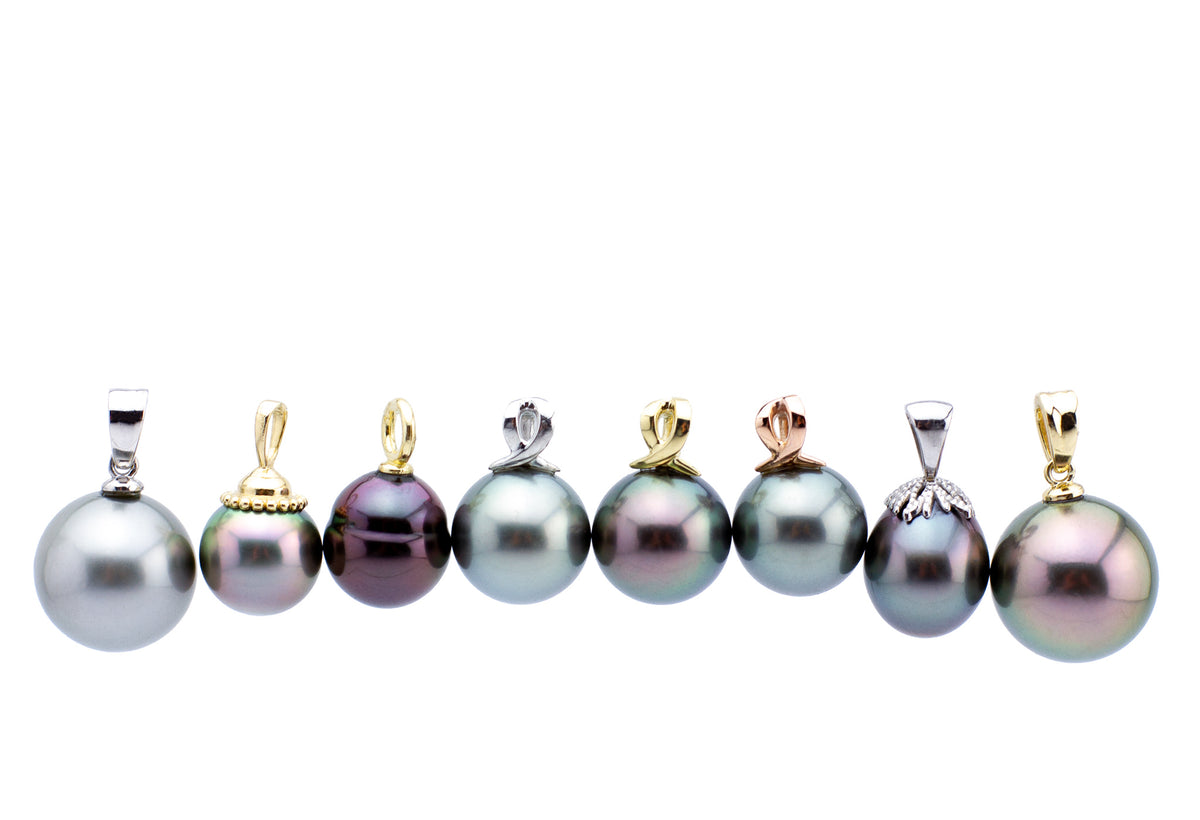Cultured Pearls & Lab-Grown Gemstones

Those of you who have been a part of the Kamoka community for a while may have noticed that we rarely work with stones. Sustainable mining practices for precious and semi-precious gems are hard to confirm and even when the mining is done with the utmost care, it’s a violent process to the Earth. In years past when we asked gem dealers about the origins of their stones, they would inevitably become flustered and often offended, unable to answer what to us, seemed like a simple and logical question. Fortunately, awareness has increased dramatically over the last several years and it has become easier to find gemstones that are traceable to a source.
Still, mining has never sat well with us, the digging into the Earth, the chance of human exploitation, chemicals, conflict. Enter: lab grown gemstones. Last year, we began working with “jeweler to the stars” Anabela Chan, who is dedicated to making her jewelry as sustainable as possible. She uses almost exclusively lab grown gems as well as recycled metals and our pearls. We dug deeper. We found numerous articles about the sustainable factors of lab grown gems.
A 2014 analysis by consultancy Frost & Sullivan, Environmental Impact Analysis – Production of Rough Diamonds, is what swayed us. Takeaway statistics include that lab grown diamonds create 4,383 times less waste than mined gems, require 6.8 times less water and consume less than half the energy per carat. They also avoid the toxic chemicals associated with mining. Much has changed since the study was conducted and some of these statistics have been met with disbelief (mostly by people in the mining industry) but to our knowledge, no other studies have been conducted. More data and number crunching are needed. We will continue to educate ourselves.
Lab grown gems are not perfect and we’re aware of this. The industry is not transparent, and most reports, likely including the Frost & Sullivan analysis, are biased. Unlike our pearl farming, there are no benefits to the environment from lab grown gem production, besides that it could lessen gem mining. Reduced mining could cause many people (in Africa in particular), to lose much needed jobs in areas where few other opportunities are available . Lab grown gemstones also require significant energy to produce. Many lab grown gem producers are working on using sustainable energy sources and developing ways to make the process less impactful.
When cultured pearls became available in the early 1900s there was pushback that these weren’t “real” pearls, and that misconception remains today. Cultured pearls are real, they are an introduced object (in our case a shell nucleus), covered in the same pearly, nacreous secretions as a naturally forming pearl. These misconceptions about cultured pearls have a lot in common with what people currently think about lab grown gems. Lab grown gemstones are identical, physically to naturally formed, mined gems. Like cultured pearls, lab grown gemstones hold less value than those that were naturally formed. Their affordability makes them an even bigger threat to the mined gem industry. The lower value of lab gems is a good fit for Kamoka because our pearls, rather than the stones, are the focus of our designs.
The harvest of naturally formed pearls is disastrous to the environment, like mining is to the Earth, decimating natural oyster beds and drastically changing ocean environments. Historically laborers were severely mistreated (in our Tuamotu Archipelago, locals still talk about how people suffered brain injuries or death from diving continuously to deep depths to harvest thousands of wild oysters on the bottom of the lagoon). The farming of cultured pearls has helped bring back oyster beds and provides good, much needed jobs to islanders.
We’re only at the beginning of seeing how lab grown gems will change the gem and jewelry industry, but if pearl culture is anything to go by, it will have far more positive ramifications than negative.
You can see our collection of our own sustainably farmed Tahitian pearls paired with lab-grown gemstones here.
